An overhead bridge crane is a heavy-duty material handling equipment designed to lift, bewegen, and position large or heavy loads horizontally across a fixed span.

An overhead bridge crane is a heavy-duty material handling equipment designed to lift, bewegen, and position large or heavy loads horizontally across a fixed span. Suspended from or mounted on elevated runways (typically along the length of a facility), it consists of a bridge structure that travels along these runways, with a hoist or trolley system that moves perpendicular to the bridge—enabling precise, multi-directional load movement.
Widely used in industrial settings, overhead bridge cranes streamline operations, manuelle Arbeit reduzieren, and enhance safety when handling weights from a few tons to hundreds of tons. They are customizable to fit specific workspace dimensions, Belastungsanforderungen, und Umweltbedingungen, making them indispensable in manufacturing, Logistik, and heavy industries.

Overhead bridge cranes are engineered for reliability, Effizienz, und Sicherheit. Here are their core features:

Single girder overhead bridge crane

Choosing between single girder and double girder overhead bridge cranes depends on your load requirements, workspace, and budget. Here’s a breakdown:
|
Besonderheit
|
Single Girder Overhead Bridge Crane
|
Double Girder Overhead Bridge Crane
|
|
Structure
|
One main girder (beam) supporting the hoist/trolley.
|
Two parallel girders with the hoist/trolley running between them.
|
|
Belastungskapazität
|
Bis zu 20 Tonnen (Standard); 50 Tonnen (heavy-duty models).
|
20 Tonnen und mehr (commonly 50–500+ tons).
|
|
Spanne Länge
|
Ideal for spans up to 30 Meter.
|
Suitable for longer spans (bis zu 50+ Meter).
|
|
Hebenshöhe
|
Moderate (limited by single girder strength).
|
Higher lifting heights (extra clearance due to dual girders).
|
|
Cost
|
More affordable (simpler design, lower material use).
|
Higher initial cost (sturdier build, larger components).
|
|
Best For
|
Light to medium loads; small to medium facilities (Z.B., workshops, Lagerhäuser).
|
Heavy loads, large spans, or harsh environments (Z.B., Stahlmühlen, Werften).
|

Below is a general parameter table for common overhead bridge crane models. Custom specifications are available based on your needs:
|
Model Type
|
Max Lifting Capacity
|
Spanne Länge
|
Hebenshöhe
|
Arbeiterklasse (ISO/FEM)*
|
Stromversorgung
|
Hubgeschwindigkeit
|
|
Einzelträger (Standard)
|
1–20 Tonnen
|
5–30 m
|
3–12 m
|
A3–A5
|
380V/3Ph/50Hz (custom)
|
0.5–10 m/min
|
|
Einzelträger (Robust)
|
20–50 tons
|
10–25 m
|
5–15 m
|
A5–A6
|
380V/3Ph/50Hz (custom)
|
0.3–8 m/m
|
|
Doppelträger (Standard)
|
20–100 Tonnen
|
10–40 m
|
6–20 m
|
A6–A7
|
380V/3Ph/50Hz (custom)
|
0.2–6 m/min
|
|
Doppelträger (Ultra-Heavy)
|
100–500+ Tonnen
|
15–50+ m
|
8–30 m
|
A7–A8
|
Brauch (diesel/electric)
|
0.1–4 m/min
|
Arbeiterklasse: Indicates duty cycle (how often the crane operates under load). Higher classes (A7–A8) suit continuous, heavy-use environments.

Overhead bridge cranes are versatile across sectors requiring heavy material handling. Key applications include:
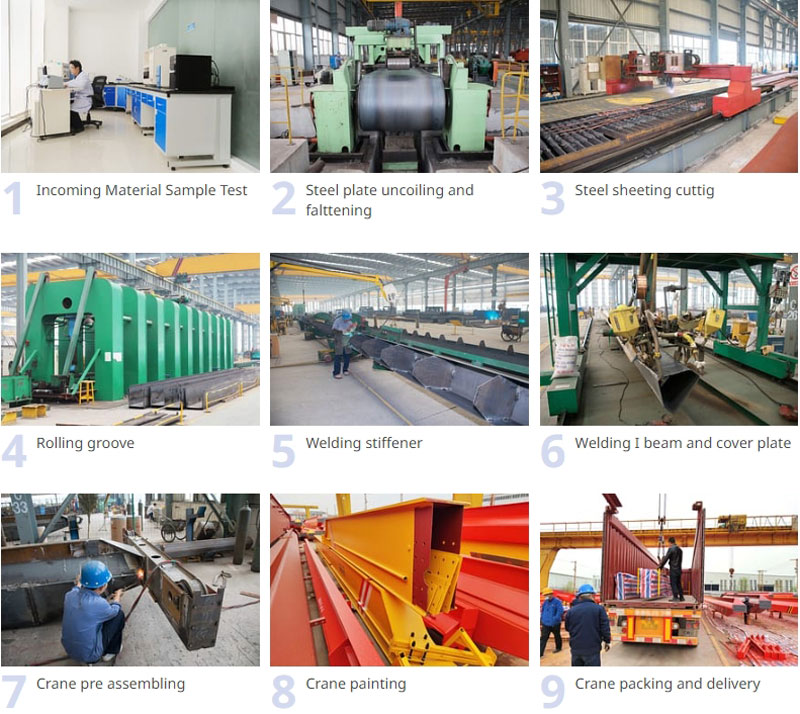

Follow these steps to select the perfect overhead bridge crane for your needs:
Q1: How often should an overhead bridge crane be inspected?
A: Daily visual checks (for wear, leaks, or loose parts) and annual professional inspections are mandatory. Heavy-use cranes (A7–A8) may require quarterly inspections.
Q2: Can overhead bridge cranes be automated?
A: Ja. Modern models can integrate with IoT systems for automated load tracking, scheduled movements, and remote operation—ideal for repetitive tasks.
Q3: What’s the lifespan of an overhead bridge crane?
A: With proper maintenance, single girder cranes last 15–20 years; double girder cranes can operate for 25–30 years or longer.
Q4: How is an overhead bridge crane installed?
A: Installation involves mounting runways to building columns or support structures, positioning the bridge, and integrating the hoist/trolley. Professional installation is recommended for safety.
F5: What’s the difference between an overhead bridge crane and a gantry crane?
A: Overhead bridge cranes run on elevated runways (attached to a building), while Wachkräne have ground-supported legs—making gantries better for outdoor or open spaces.
Ready to enhance your material handling efficiency? Contact us for a custom overhead bridge crane solution tailored to your industry and workflow.
Mit PDF teilen: Herunterladen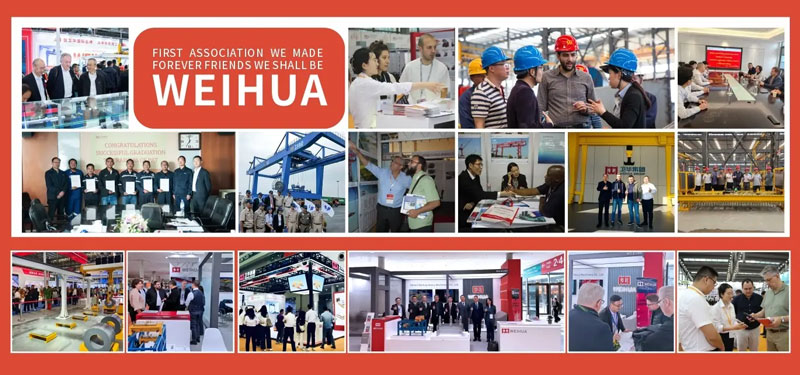
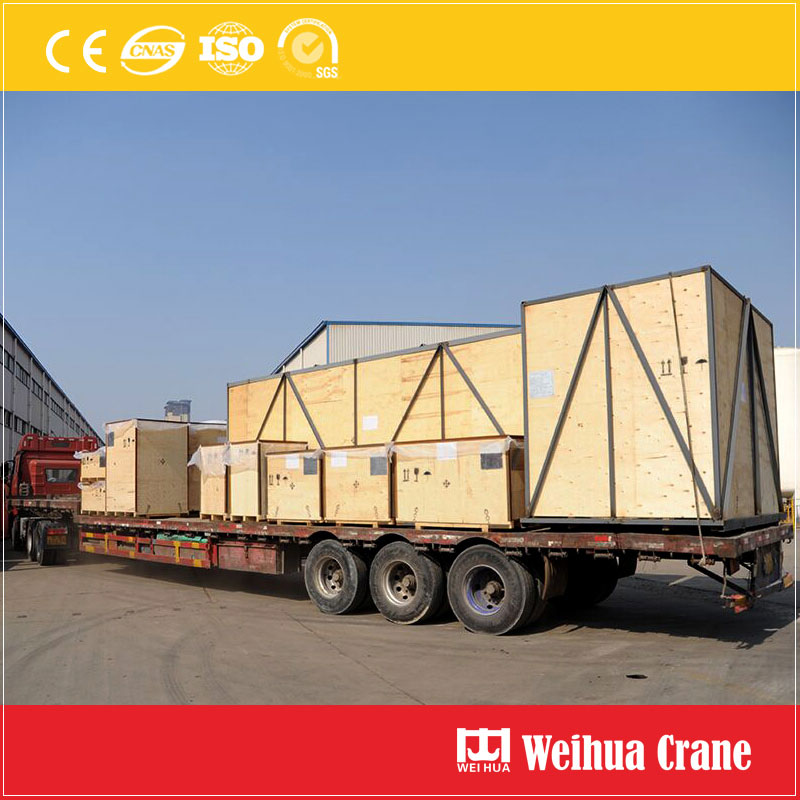

Wir schätzen Ihr Feedback! Bitte füllen Sie das folgende Formular aus, damit wir unsere Dienste auf Ihre spezifischen Anforderungen anpassen können.
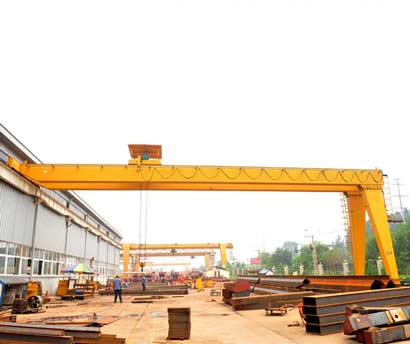
A 20 Tonnen-Portalkran ist ein robuster, Vielseitige Hebegeräte, die für die Bewältigung schwerer Lasten ausgelegt sind …
Entdecken Sie mehr →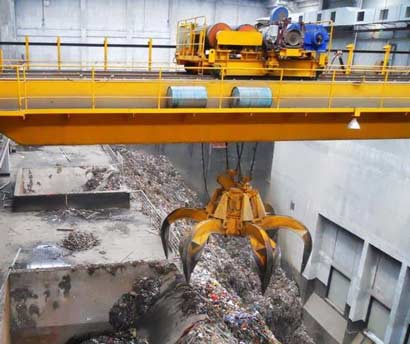
Ein Greifschaufelkran ist eine spezielle Materialhandhabungsmaschine, die dazu entwickelt wurde, …
Entdecken Sie mehr →
Overhead crane wheels are responsible for bearing the full load of the crane and the lif……
Entdecken Sie mehr →

Klicken Sie auf die Schaltfläche, um Produktinformationen und Angebote auf WhatsApp zu erhalten.
Holen Sie sich Zitat
Neueste Kommentare